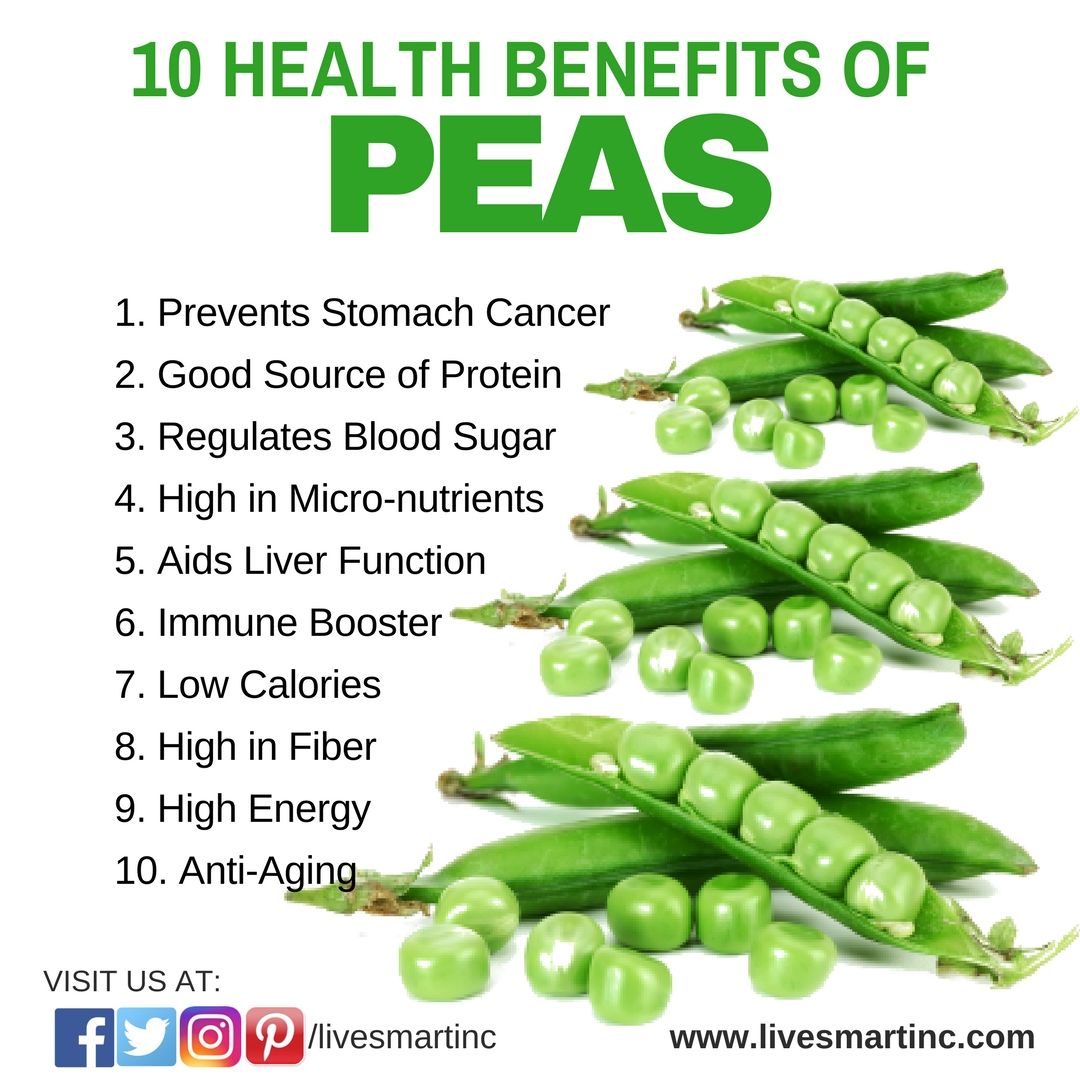
Seen anything like the above on Pinterest/Instagram/Facebook lately?
Pass me the peas! Now don’t get me wrong – I love peas. But I think even the biggest pea fan would agree that No1 and No10 are some bold claims.
There’s no doubt that health benefits are a great way to capture consumer attention to fresh produce. The buzz around nutrient-rich food and diets has been huge in the last few years and shows no sign of slowing. We as produce growers should absolutely be singing the health benefits of our fruit from the rooftops – but also being careful we’re presenting the right information to consumers.
Health benefits were in the news recently with the Academy for Nutrition and Dietetics (which represents over 100,000 nutrition professionals) asking the US Food and Drug Administration to adopt more stringent rules around food packaging – particularly the images and words that lead consumers to judge a food as “healthy”. The good news for fresh produce brands is that we’re fairly covered in this respect! But it could mean a general tightening up in US around labelling and health benefits in general.
Posts like the pea one are all over the internet, for every fruit and vegetable you can name. These are generally the work of blogs not brands. I’ve no doubt they are well intentioned, and anything that nudges consumers towards eating more fruits and veggies is good. But after looking into health benefits of our Kiwano earlier this year, perhaps some of these posts could do with a re-write.
It’s all about the nutrient
At the end of last season, we took a deeper look into which of the nutrients in our Kiwano are “claimable”. Here in New Zealand a nutrient must be found at the level of 10% of RDI to be claimed as a source. So we sent our fruit to Plant and Food Research, a New Zealand government-owned Crown Research Institute, for scientific analysis.
The Plant & Food Research approach it is that health claims need to be linked to the nutrient, not the food item itself. It provides a list of pre-approved health claims that you can use as part of the NZ Food Standards Code. The claims can be changed to more consumer-friendly wording – as long as the meaning isn’t altered.
So they would probably have something to say about that pea post!
Internet health claims – Fact or fiction?
I think we can all agree eating peas alone is not going to prevent stomach cancer. But eating foods that are rich in fibre and full of nutrition (as the pea is) are no doubt great for our health. They may even offer preventative benefits.
Finding out more about “claimable” benefits has been an enlightening process. It’s certainly has changed the way I look at health claims in general.
In New Zealand, the Food Standards Code (enforced by the Ministry of Primary Industries) governs what we can and can’t say. There is a list of approximately 200 pre-approved food-health relationships for making general level health claims, and 13 pre-approved food-health relationships for making high level (i.e. reduction in disease risk) health claims.
The types of posts like the pea example, I really don’t think there’s an intention to present fiction. There is research behind it. But the findings are presented for clickability – not correctness.
Plant and Food Research’s analysis found that Kiwano is a source of magnesium and dietary fibre, and is also a source of potassium (there is no labelling RDI for potassium but a claim can be made if a serve contains more than 200 mg). Nice work Kiwano!
I’m 100% for singing the praises of fresh produce. And especially the benefits of naturally grown stuff, but that’s worth another blog! Mechanisms like the Food Standards Code put consumers first by making sure health claims are grounded in science.
Have you seen any health claims that have raised your eyebrows?



